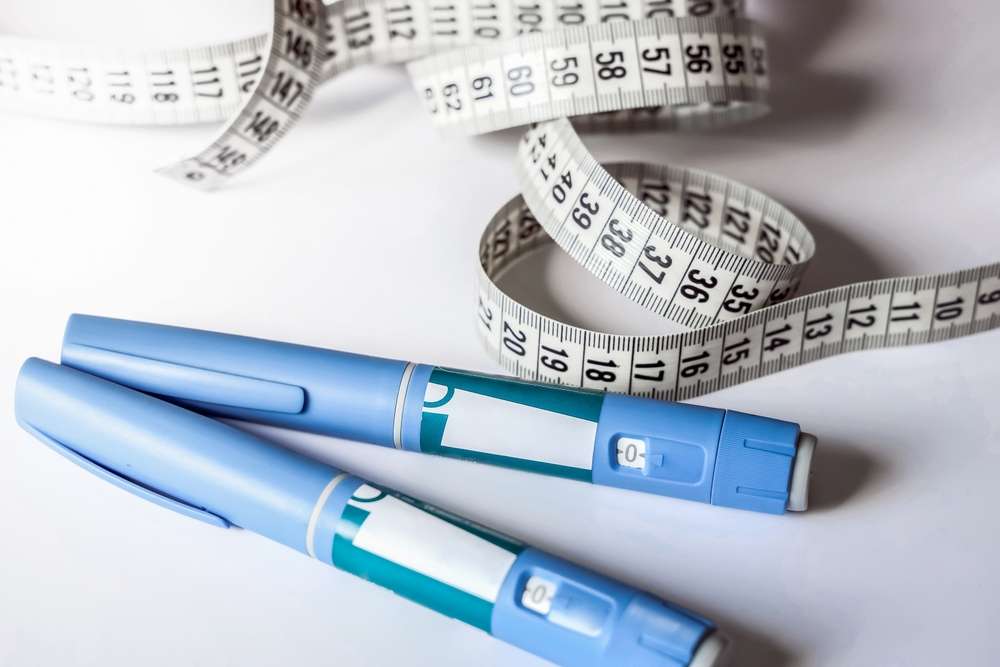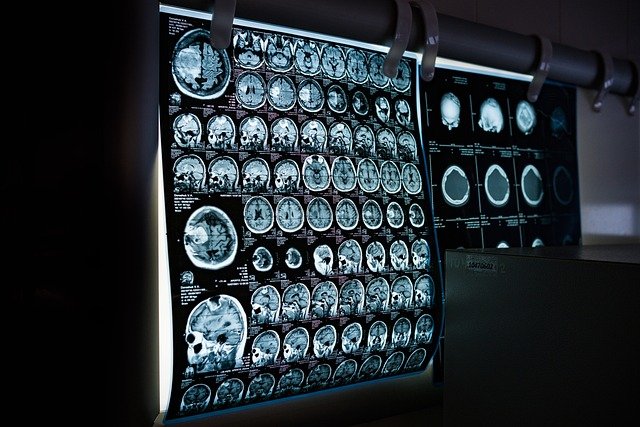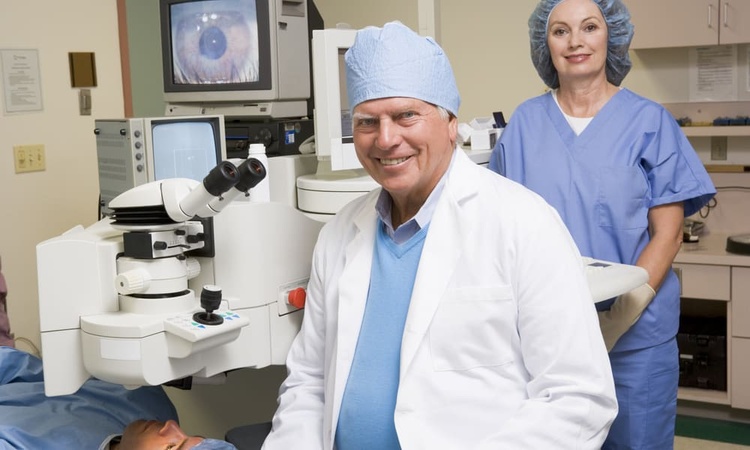Understanding Crohn's Disease: Symptoms, Causes, and What to Expect in 2025
Crohn’s disease is a chronic condition that affects millions. This guide explores the symptoms of Crohn’s disease, including how it manifests in females, the stages of active Crohn’s, and what to expect when living with this condition. View real-life Crohn’s disease pictures and learn about treatment options

Crohn’s disease represents one of the most challenging inflammatory bowel diseases, affecting approximately 780,000 Americans according to recent estimates. This chronic condition occurs when the body’s immune system mistakenly attacks healthy tissue in the digestive tract, leading to persistent inflammation that can cause severe complications if left untreated.
How Crohn’s Disease Affects the Body
Crohn’s disease creates inflammation that extends through the entire thickness of the bowel wall, unlike other inflammatory conditions that affect only surface layers. This deep inflammation can occur anywhere from the mouth to the anus, though it most commonly affects the small intestine and colon. The disease causes the intestinal wall to thicken, leading to narrowing of the digestive tract and potential blockages. Over time, this chronic inflammation can result in complications including fistulas, abscesses, and strictures that may require surgical intervention.
Symptoms of Crohn’s Disease in Females
Women with Crohn’s disease often experience unique challenges beyond the standard digestive symptoms. Common manifestations include persistent abdominal pain, chronic diarrhea, and significant fatigue that can interfere with daily activities. Female patients frequently report menstrual irregularities, as inflammation can affect hormone production and overall reproductive health. Additionally, women may experience more severe anemia due to blood loss and nutrient malabsorption, particularly iron deficiency. Pregnancy considerations become crucial, as active disease can affect fertility and pregnancy outcomes, though many women with well-controlled Crohn’s disease can have successful pregnancies.
What to Expect with Active Crohn’s Disease
Active Crohn’s disease periods, known as flares, can be unpredictable and vary significantly in severity and duration. During active phases, patients typically experience intensified symptoms including severe abdominal cramping, frequent bowel movements, and potential weight loss due to malabsorption. Fatigue becomes more pronounced, often accompanied by low-grade fever and joint pain. The unpredictable nature of flares can significantly impact work, social activities, and overall quality of life. Between active periods, many patients experience remission phases where symptoms subside, though the underlying inflammation may continue at lower levels.
What Crohn’s Disease Pictures Can Show
Medical imaging plays a crucial role in diagnosing and monitoring Crohn’s disease progression. Colonoscopy images reveal characteristic features including patchy inflammation, deep ulcerations, and cobblestone-like appearance of the intestinal lining. CT scans and MRI imaging can show thickened bowel walls, strictures, and complications like abscesses or fistulas that may not be visible through endoscopy alone. These visual assessments help physicians determine disease location, severity, and guide treatment decisions. Regular imaging monitoring allows healthcare providers to track treatment effectiveness and identify potential complications before they become severe.
Treatment Options and Expected Advances by 2025
Current treatment approaches focus on reducing inflammation, managing symptoms, and preventing complications through various medication classes. Anti-inflammatory drugs, immunosuppressants, and biologic therapies form the foundation of modern Crohn’s treatment protocols. By 2025, personalized medicine approaches are expected to become more prevalent, with genetic testing helping physicians select optimal treatments for individual patients. Advanced biologic therapies targeting specific inflammatory pathways show promising results in clinical trials. Additionally, microbiome-based treatments and novel drug delivery systems are anticipated to provide more targeted and effective therapeutic options with fewer side effects.
| Treatment Category | Average Annual Cost | Key Benefits |
|---|---|---|
| Basic Medications | $3,000 - $8,000 | Anti-inflammatory effects, symptom control |
| Biologic Therapies | $20,000 - $50,000 | Targeted immune suppression, remission maintenance |
| Surgical Procedures | $15,000 - $40,000 | Complication resolution, stricture removal |
| Comprehensive Care Programs | $25,000 - $60,000 | Coordinated treatment, monitoring, support |
Prices, rates, or cost estimates mentioned in this article are based on the latest available information but may change over time. Independent research is advised before making financial decisions.
Living with Crohn’s disease requires ongoing medical management and lifestyle adjustments, but advances in treatment options continue to improve long-term outcomes for patients. Early diagnosis and appropriate treatment can significantly reduce complications and help maintain quality of life. As research progresses toward 2025, the focus on personalized treatment approaches and innovative therapies offers hope for better disease control and potentially even curative treatments in the future.
This article is for informational purposes only and should not be considered medical advice. Please consult a qualified healthcare professional for personalized guidance and treatment.




